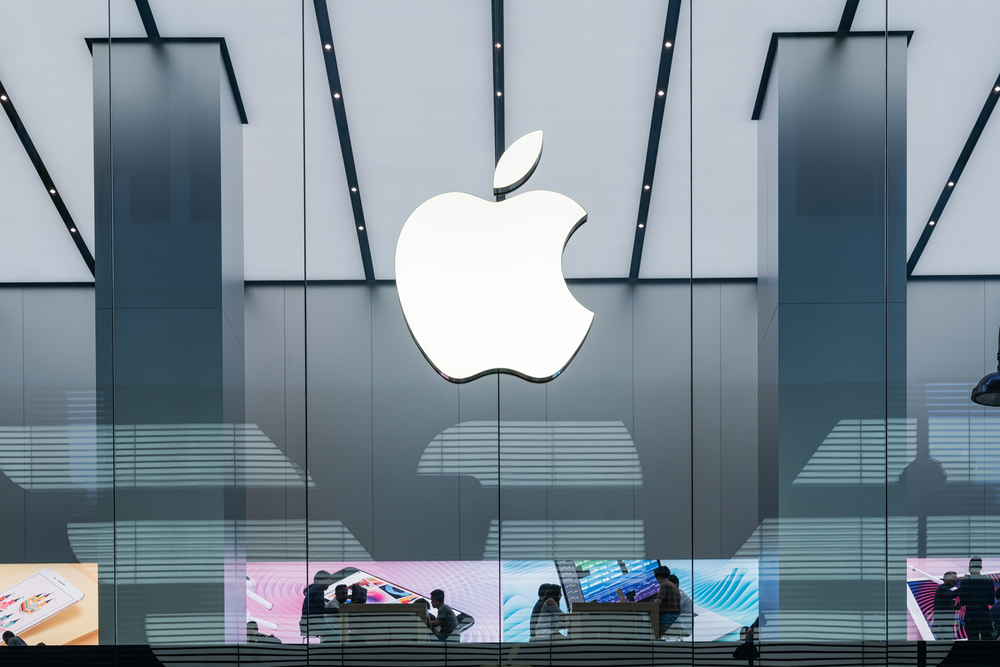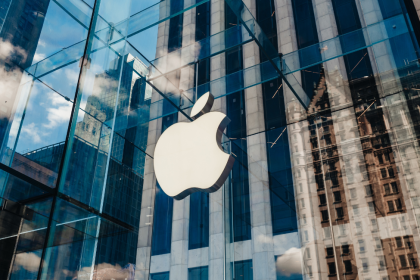Apple unveiled an ambitious $500 billion investment in the United States spanning the next five years, a move that signals the tech behemoth’s commitment to American manufacturing and innovation while navigating complex political and economic pressures.
The investment landscape
The California-based technology company plans to distribute these funds across multiple initiatives, creating approximately 20,000 new positions nationwide. This investment represents a significant escalation from previous commitments, suggesting a strategic pivot toward increased domestic operations.
The investment will primarily target research and development, engineering facilities and artificial intelligence capabilities. Apple executives emphasized that this decision reflects their confidence in American innovation potential despite ongoing economic uncertainties.
Regional development targets
The expansive plan includes establishing a new server manufacturing facility in Houston with operations expected to begin in 2026. Additionally, the company will create a manufacturing academy in Detroit, leveraging the region’s industrial expertise.
Apple will also substantially expand its data center infrastructure across seven states, Arizona, California, Iowa, Nevada, North Carolina, Oregon and Washington. These facilities will support the growing computational demands of Apple’s services and artificial intelligence initiatives.
Historical investment context
This announcement builds upon previous financial commitments to the American economy. In 2021, the company pledged $430 billion in domestic investments over five years, which itself represented an increase from its 2018 commitment of $350 billion and 20,000 jobs.
The pattern of escalating investment targets reflects Apple’s evolving strategy as it navigates changing economic conditions and political landscapes. Each successive announcement has expanded both the financial scope and geographic footprint of Apple’s American operations.
Supply chain localization efforts
A critical component of Apple’s domestic strategy involves collaborating with Taiwan Semiconductor Manufacturing Company in Arizona. This facility, which began development during President Biden’s administration, has now commenced chip production for Apple products.
This partnership represents a significant step toward localizing crucial aspects of Apple’s supply chain within American borders. Industry analysts note that semiconductor manufacturing represents a particularly valuable segment of technology production, with implications for both economic and national security interests.
Political dimensions and pressures
President Donald Trump has attempted to claim influence over Apple’s investment decision, suggesting that his trade policies and tariff threats motivated the company’s commitment to American manufacturing. Trump specifically referenced Apple’s alleged cancellation of Mexican facilities, stating the company feared potential import tariffs.
The timing of Apple’s announcement amid heightened political rhetoric about American manufacturing and international trade has fueled speculation about external influences on corporate decision-making. However, the company’s public statements have focused exclusively on their commitment to American innovation rather than political considerations.
Analytical perspectives
Financial analysts at UBS have expressed skepticism regarding Apple’s capacity to deploy such massive capital expenditures within the proposed timeframe. Their assessment highlights Apple’s historical reliance on international suppliers and relatively conservative approach to capital investments compared to other technology giants.
“While the headline figure on the surface is a large number, we believe it lacks substance at this juncture based on history,” noted UBS analysts in their evaluation of the announcement. This perspective underscores the challenges Apple faces in rapidly expanding its domestic manufacturing footprint.
Manufacturing strategy evolution
Apple’s approach to domestic manufacturing includes complex considerations beyond simple geography. During Trump’s previous administration, the company allowed him to take credit for a Texas manufacturing plant that had actually been operational for years before his presidency.
Despite these domestic initiatives, many of Apple’s flagship products, including the iPhone, continue to be primarily manufactured overseas. This reality highlights the gradual nature of supply chain transformations and the economic complexities of reshoring production.
Leadership vision for American innovation
Apple CEO Tim Cook framed the investment within a broader narrative about American technological leadership. “We are bullish on the future of American innovation, and we’re proud to build on our long-standing US investments with this $500 billion commitment to our country’s future,” Cook stated.
This perspective positions this investment as not merely a business decision but as a contribution to national technological capabilities. The emphasis on research, development and advanced manufacturing suggests a focus on high-value activities rather than simply relocating existing production models.
Economic implications
If fully realized, this investment could generate significant economic ripple effects beyond direct employment. Suppliers, contractors and service providers in targeted regions may experience increased demand, potentially creating additional indirect employment opportunities.
The investment in artificial intelligence and advanced manufacturing capabilities may also contribute to American technological competitiveness in key strategic sectors. These effects could extend beyond Apple’s immediate business interests to influence broader industry trends.
Implementation challenges
Transforming investment announcements into operational facilities represents a substantial challenge requiring navigation of regulatory processes, workforce development and supply chain restructuring. The five-year timeline proposed by Apple presents an aggressive schedule for such comprehensive changes.
Previous technology sector investment announcements have sometimes faced delays or modifications during implementation phases. Apple’s ability to execute this ambitious plan will depend on both internal capabilities and external conditions including regulatory environments and economic stability.










